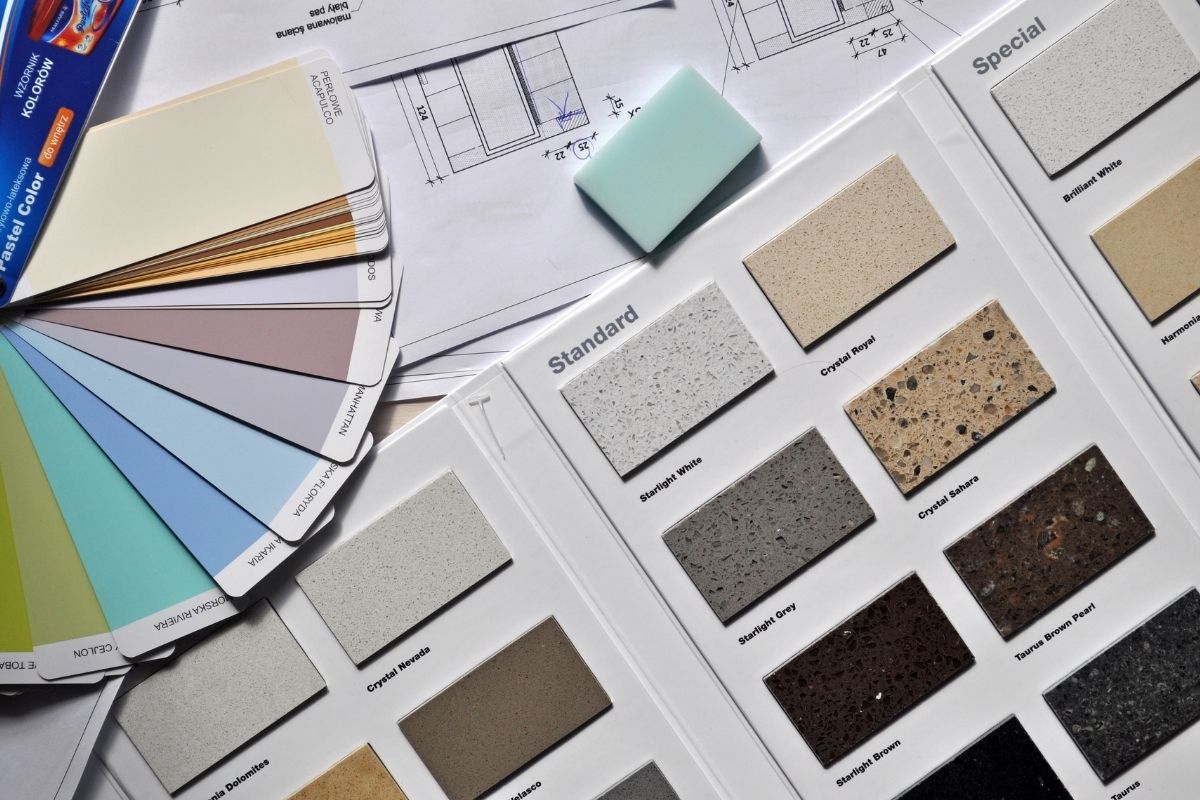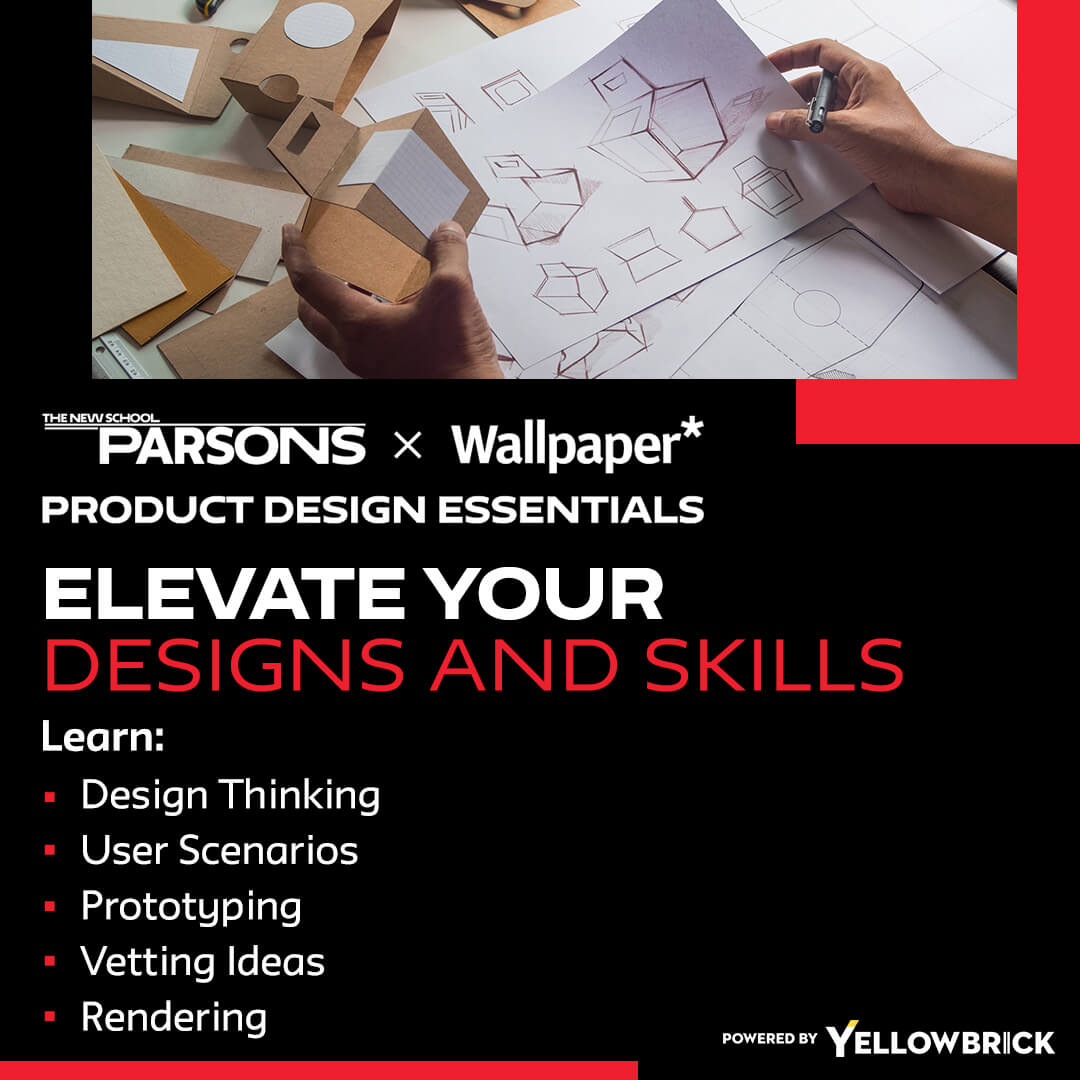Considerations for the Research Phase of Product Development

What often comes next is really doing the due diligence, doing the research. “OK, we know there’s a problem,” explains Alicia Tam Wei, “but we need to learn more about what’s behind this problem. What’s causing it? How does it affect people?” It’s important to discover what it entails. There are several different ways to approach this in product design. One thing to do is a user journey, which is putting yourself in the shoes of a person who is using this thing and trying to figure out everything along the path of how they would use it.
If she were doing a user journey for a mute button, for example, she tells us she would say, “Ok, I’m Alicia. I’m going to sit at my computer. I’m opening my laptop and opening Zoom or any video conferencing product. From here, I have my laptop’s built-in microphone. I also have maybe an external microphone or speaker system. I also have in my environment some background noise. Maybe there’s an air conditioner, a heater or an air filter. Maybe there’s an air purifier or background noise from my home or my office.” Product design education teaches you that all this that has to go into consideration.
She continues with the other things you must think about. “OK, why am I using it?” she asks. “How am I using it? So why do I even need a mute button at all?” You would then go into all the possible uses for this mute button. When would it be needed? What are the circumstances and scenarios in which a person might need this?
You start to build a map, so to speak, of how a person is using the item. Along with this map, you realize there’s a scenario in which it fails, in which it could be better and in which there’s an opportunity for improvement.
She tells us that each time you find something that’s annoying or problematic, something that doesn’t make sense or just doesn’t work the way you wish it would, it’s an opportunity as a designer to go back in and say, “Ok, now there’s a problem. And I’ve got more background knowledge of the nuances behind that problem.”
She sums up this way: “I can actually then think about ‘How would I solve that problem?’ I sometimes believe people think that design is all about solutions. But so much more of it is actually about the background of figuring out what the problem is and then researching how people use the product.” These are lessons taught in online product design education.


